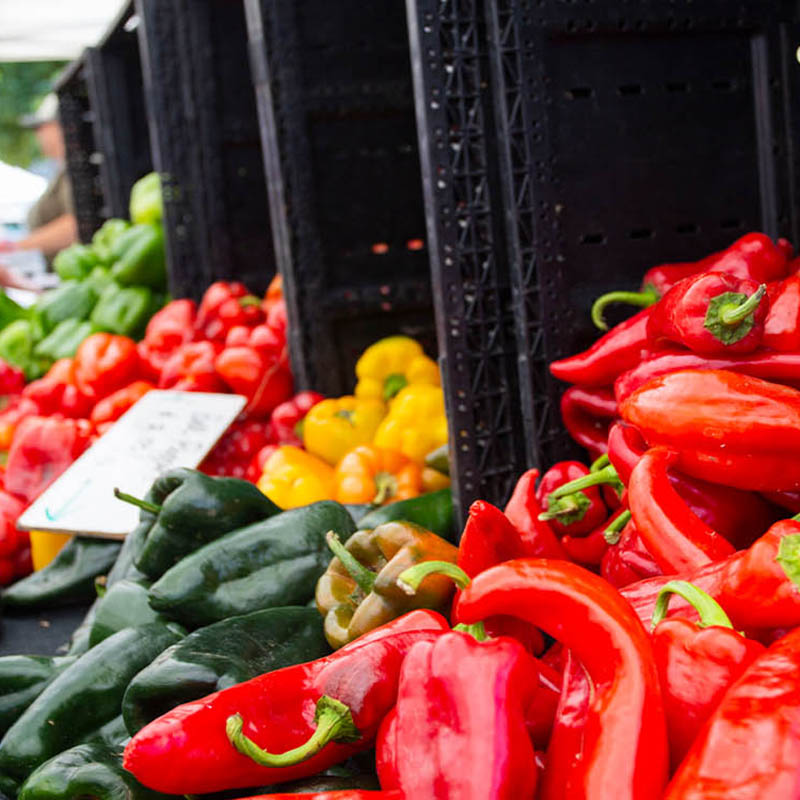The August 7 UN climate report is receiving much attention both in the US and internationally. The almost 4,000 page report produced by 200 scientists, from over 60 countries, cites 14,000 individual studies and paints an alarming picture. U.N. Secretary-General Antonio Guterres described the report as “code red for humanity.”
Some of the findings in the report include:
- It is unequivocal that human influence has warmed the atmosphere, ocean and land.Widespread and rapid changes in the atmosphere, ocean, cryosphere and biosphere have occurred.
- The scale of recent changes across the climate system as a whole and the present state of many aspects of the climate system are unprecedented over many centuries to many thousands of years.
- Human-induced climate change is already affecting many weather and climate extremes in every region across the globe.
- Many changes in the climate system become larger in direct relation to increasing global warming. They include increases in the frequency and intensity of hot extremes, marine heatwaves, and heavy precipitation, agricultural and ecological droughts in some regions, and proportion of intense tropical cyclones, as well as reductions in Arctic sea ice, snow cover and permafrost.
The UN report focuses on changes in climate trends, the science behind climate change, current
impacts, and future impacts under a range of human behavior scenarios. The next step is taking more
ambitious climate action which will be the focus of the U.N. COP26 climate conference later in the year.
Discussion at COP26 will no doubt include topics that often receive, appropriately, significant attention:
accelerating phase-out of coal, curtailing deforestation, speeding-up the switch to electric vehicles,
encouraging investment in renewables, etc. Another significant opportunity is a regional focus on food
care.
In the United States, food waste is estimated at 30-40% of the food supply. When food rots in landfill it
produces methane, which is significantly more potent that carbon dioxide.
The EPA reports (2018) that 146.1 million tons of municipal solid waste went to landfill. Food was the
largest contributor, representing 24% of that amount.
The climate impact of uneaten food goes beyond just the landfill. Agriculture and food production both
contribute to the carbon footprint impacting the planet’s environment; when food is wasted there has
been additional unnecessary impact to the climate. Wasted food has a greenhouse gas footprint
equivalent to 4% of total U.S. GHG emissions.
Recovering edible food that would otherwise go to landfill is an opportunity to have a positive impact in
reducing the trend of global warming. Successfully redirecting edible food to non-profits, such as food
banks and pantries, also contributes to reducing the stress of a large food insecure population.
The U.S. government has set a 50% landfill diversion goal that aims to reduce the amount of food going
to landfill. Individual states are also beginning to set local goals and create new regulations, such as CA
SB 1383, aimed at reducing food waste.
Achieving reductions in food waste is not simple. Coordination of food waste generators with non-profit
agencies, transportation logistics, cold storage, and ensuring safe food handling must all be addressed.
Fortunately, work in this area has started but there is still much progress to be made.
The recent UN climate report puts a new level of urgency on solving human induced climate change.
Solving the challenge will require solutions across a broad spectrum of issues impacting global climate.
Reducing food waste through well thought out food recovery and food care strategies needs to be part
of that picture.




